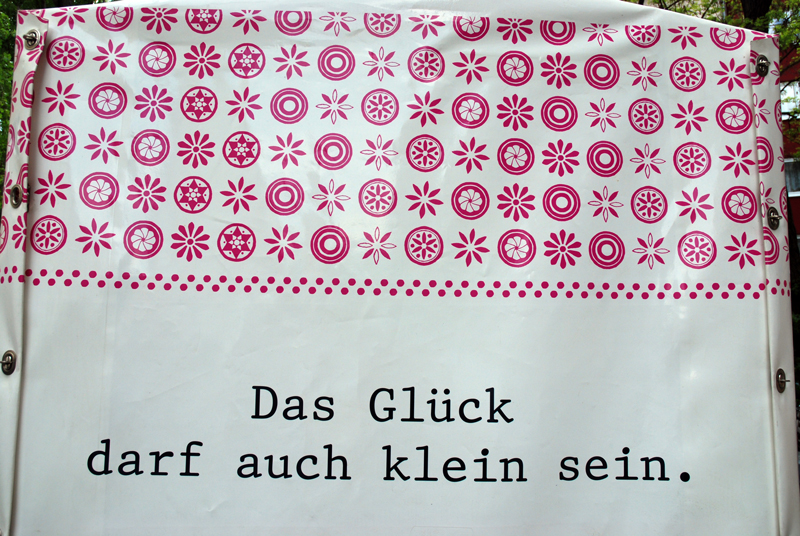DIY: Spielzeug aus Alltagsgegenständen / Toys out of trash
Ich hatte das Glück, dass meine Eltern mit mir, als ich ein Kind war, viel gebastelt haben. Schon beim Zusammentragen der Materialien hatten wir eine schöne Zeit - oft ging es raus in die Natur zum Kastanien, Blätter oder Steine sammeln.
Manchmal mussten wir auch nur in den Keller - dort stand die bunt angesprühte Bastelkiste von meinem Vater, die für mich wie ein Zauberkasten war. Immer wieder konnte man irgend etwas Spannendes heraus holen und mit hoch in die Wohnung nehmen.

Gerade jetzt, wo Weihnachten vor der Türe steht, ist das ein passendes Thema, denn unter den Weihnachtsbäumen wird sicher wieder bergeweise bunt leuchtendes Plastikspielzeug liegen - von den Eltern im vorweihnachtlichen Einkaufsstress teuer erstanden.
Natürlich habe auch ich damals so etwas gerne unterm Baum gefunden, aber die Freude und der Triumph, etwas mit den eigenen Händen fertig gestellt zu haben, ist halt doch nochmal was anderes.
Nicht dass Ihr denkt, jetzt wird sie ganz sentimental - auf den Gedanken gebracht haben mich die Videos von einem ziemlich genialen Herrn aus Indien namens Arvind Gupta. Er hat sich zur Aufgabe gemacht, Schulkindern die Wissenschaft auf interessante Weise näher zu bringen und hat viele tolle Ideen für selbst gemachtes Spielzeug und kleine Experimente. Dafür verwendet er Gegenstände des täglichen Gebrauchs, die man sowieso zur Hand hat, oder Material, das sehr günstig zu bekommen ist.
Das schont nicht nur die Umwelt sondern macht auch richtig viel Spaß. In diesem Sinne wünsch ich Euch tolle Feiertage und viele kreative Geschenkideen!
Manchmal mussten wir auch nur in den Keller - dort stand die bunt angesprühte Bastelkiste von meinem Vater, die für mich wie ein Zauberkasten war. Immer wieder konnte man irgend etwas Spannendes heraus holen und mit hoch in die Wohnung nehmen.

Gerade jetzt, wo Weihnachten vor der Türe steht, ist das ein passendes Thema, denn unter den Weihnachtsbäumen wird sicher wieder bergeweise bunt leuchtendes Plastikspielzeug liegen - von den Eltern im vorweihnachtlichen Einkaufsstress teuer erstanden.
Natürlich habe auch ich damals so etwas gerne unterm Baum gefunden, aber die Freude und der Triumph, etwas mit den eigenen Händen fertig gestellt zu haben, ist halt doch nochmal was anderes.
Nicht dass Ihr denkt, jetzt wird sie ganz sentimental - auf den Gedanken gebracht haben mich die Videos von einem ziemlich genialen Herrn aus Indien namens Arvind Gupta. Er hat sich zur Aufgabe gemacht, Schulkindern die Wissenschaft auf interessante Weise näher zu bringen und hat viele tolle Ideen für selbst gemachtes Spielzeug und kleine Experimente. Dafür verwendet er Gegenstände des täglichen Gebrauchs, die man sowieso zur Hand hat, oder Material, das sehr günstig zu bekommen ist.
Das schont nicht nur die Umwelt sondern macht auch richtig viel Spaß. In diesem Sinne wünsch ich Euch tolle Feiertage und viele kreative Geschenkideen!








